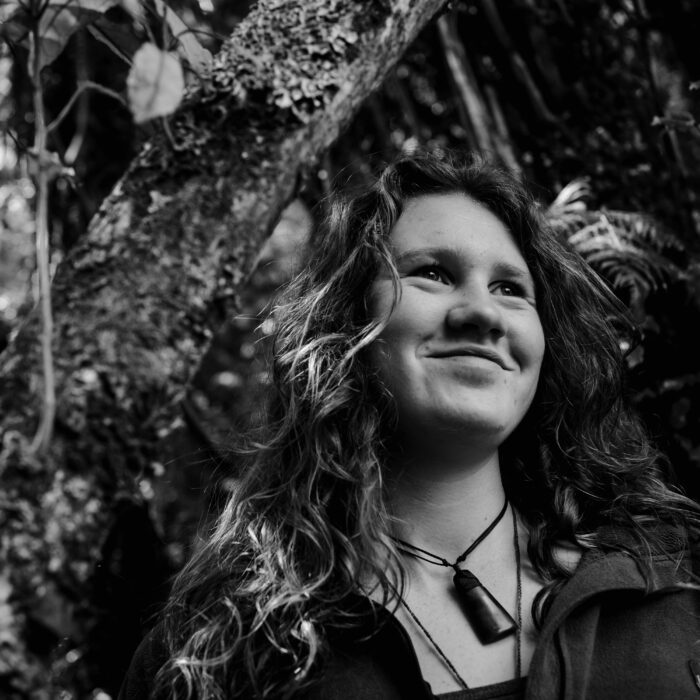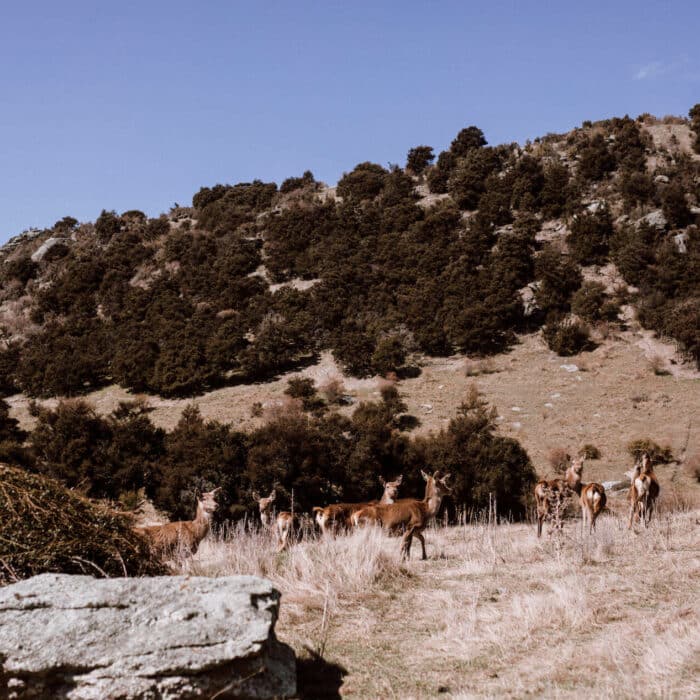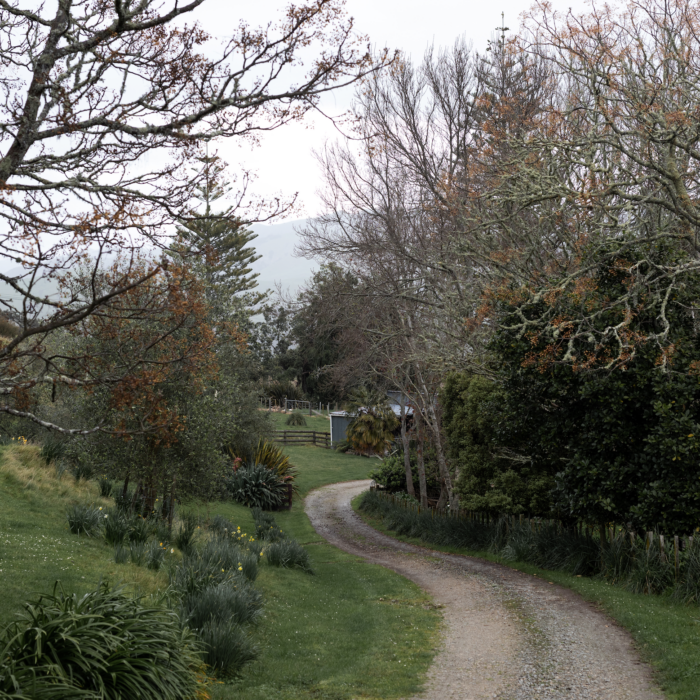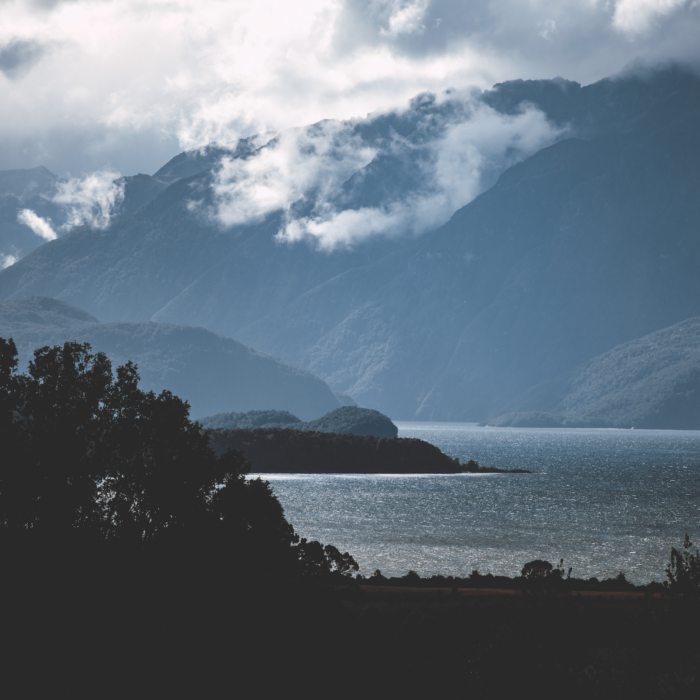14 January 2023
Turning out and giving back – two female volunteer firefighters on life in the brigade
Writer: As told to Sionainn Mentor-King
Photographer: Michelle Hepburn
Karley Maetzig, 37, and Manaka Cant, 38, both live in the Taranaki village of Ōakura. Both are raising kids and have day jobs to hold down, but these two remarkable women have found the time and the passion to join the Ōakura volunteer fire brigade and serve their community. They got together to tell Shepherdess what it’s like to be a mum, career woman and local hero.
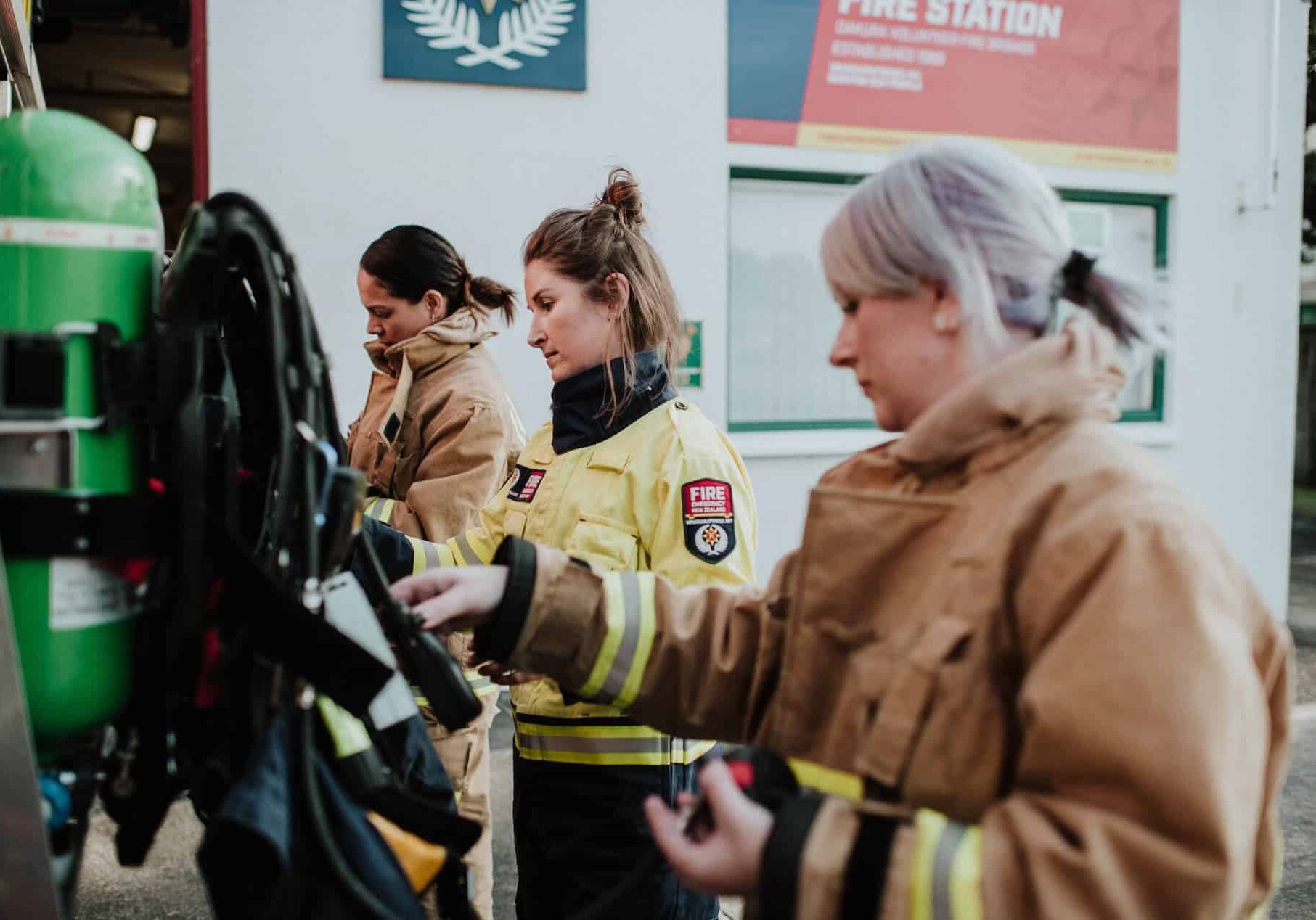
Karley: I have been part of this community since 2010. I grew up in Ōpunakē on a dairy farm. I lived and worked in Wellington for about six years, did my OE, then came back and married my high-school sweetheart. We’ve got two kiddies, Sam and Connie. My life’s in the village – the kids are at school here and I work just up the road. I’m a bookkeeper by day – but when the siren goes off, I’m there.
Manaka: My dad used to build log houses, and until I was six or seven we had a gypsy lifestyle. We lived in a house truck on-site wherever Dad was working. Then we settled in Mangaweka. My dad joined the volunteer brigade there about nine years ago. I had just moved back to Mangaweka and he was raving about it. His passion ignited mine. Being able to do something alongside Dad was quite special.
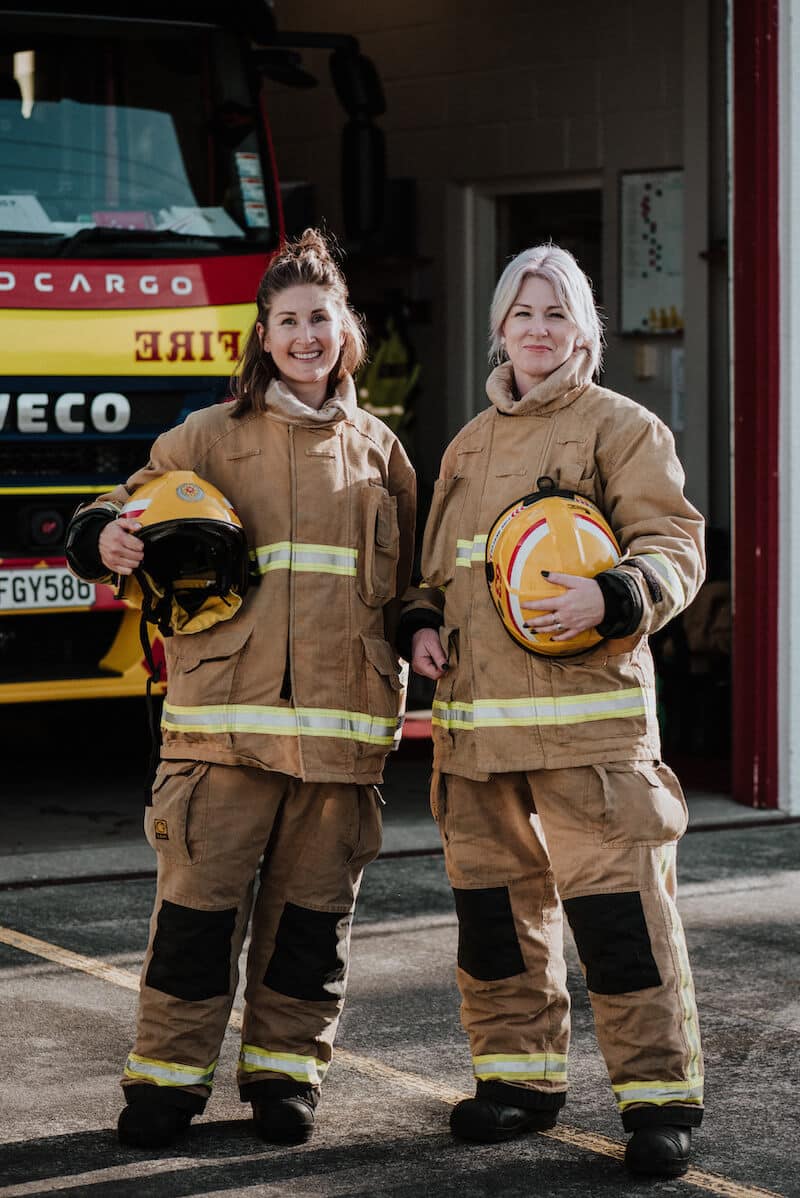
Karley: I’ll be coming up three years on the brigade next month. I joined cos I’ve got a mate who’s a female in the Waiheke brigade. I was toying with the idea, and I was like, “I can’t. I’ve got young kids. How am I meant to do it?” She was like, “Just go for it.” We’re volunteers, so we only turn out if we can. I’m lucky – my parents live just down the road, so if they hear the siren out of school hours I’ll be bailing out the door and I’ll see Mum running up the road to come look after the kids.
Manaka: For me it will be five years in February. When I was in Mangaweka, I turned out for the Mangaweka and Taihape stations. And being on State Highway One, it’s pretty gnarly at times. My first ever callout was a fatality, and my second was a good friend’s business up in flames. So it’s quite close to home, especially in small communities where you know everyone.
Karley: Out of seventeen volunteers, we’ve got four women in our brigade – ourselves, and Bex McDonald and Lizzie Beveridge.
Manaka: That’s quite big. I was the first female in twelve years in my old brigade, and the only female the whole time I was there. But me joining Mangaweka meant Taihape ended up with an extra four females, cos I kept raving about it.
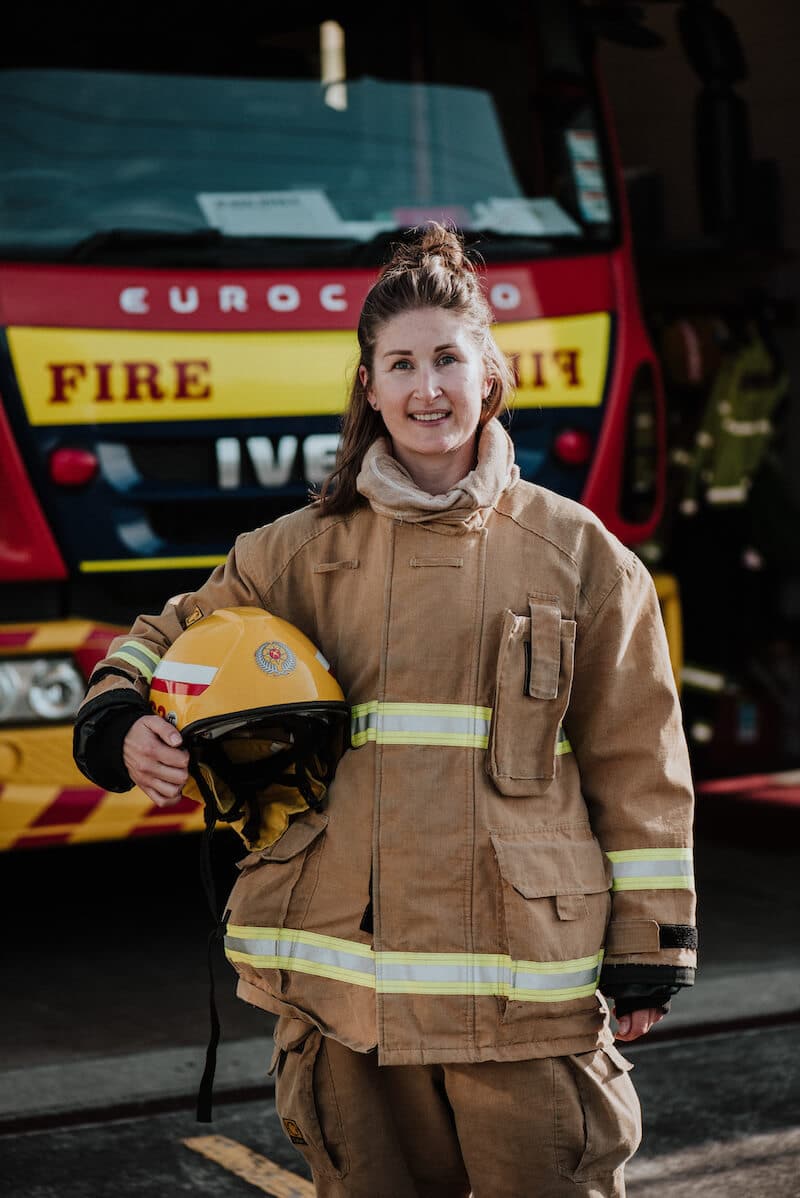
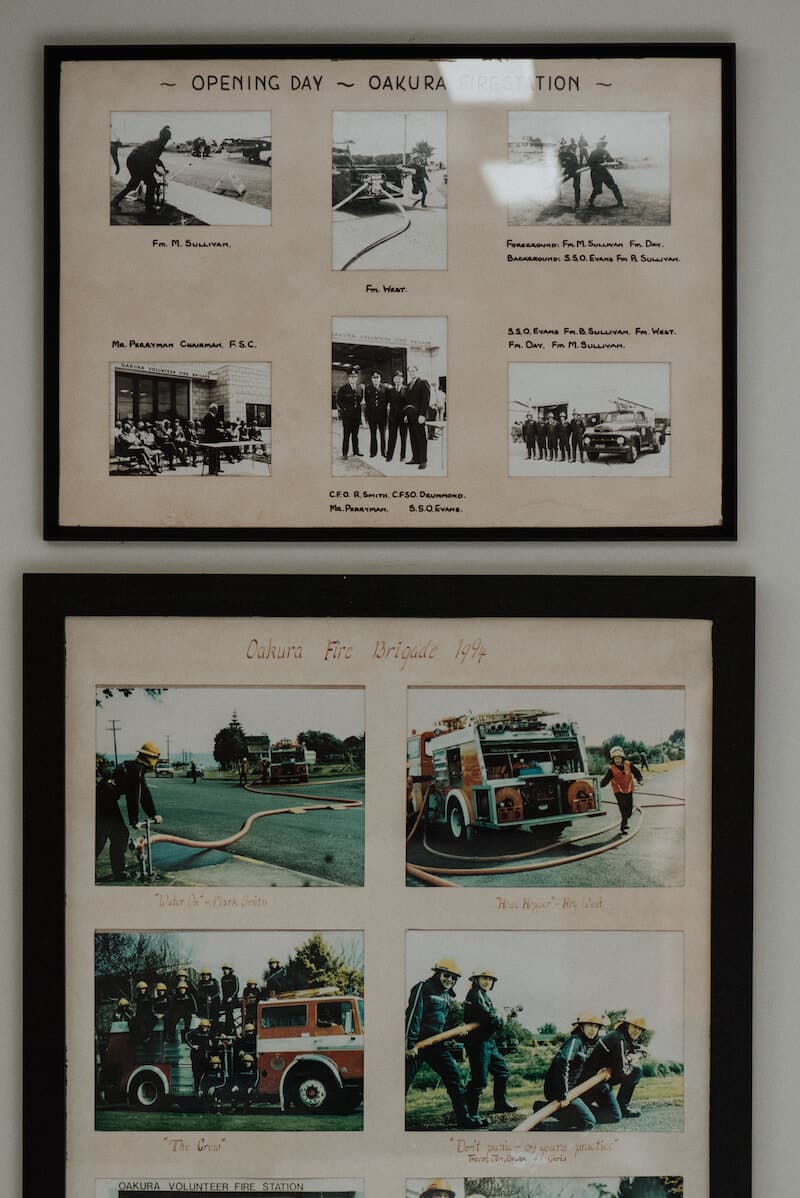
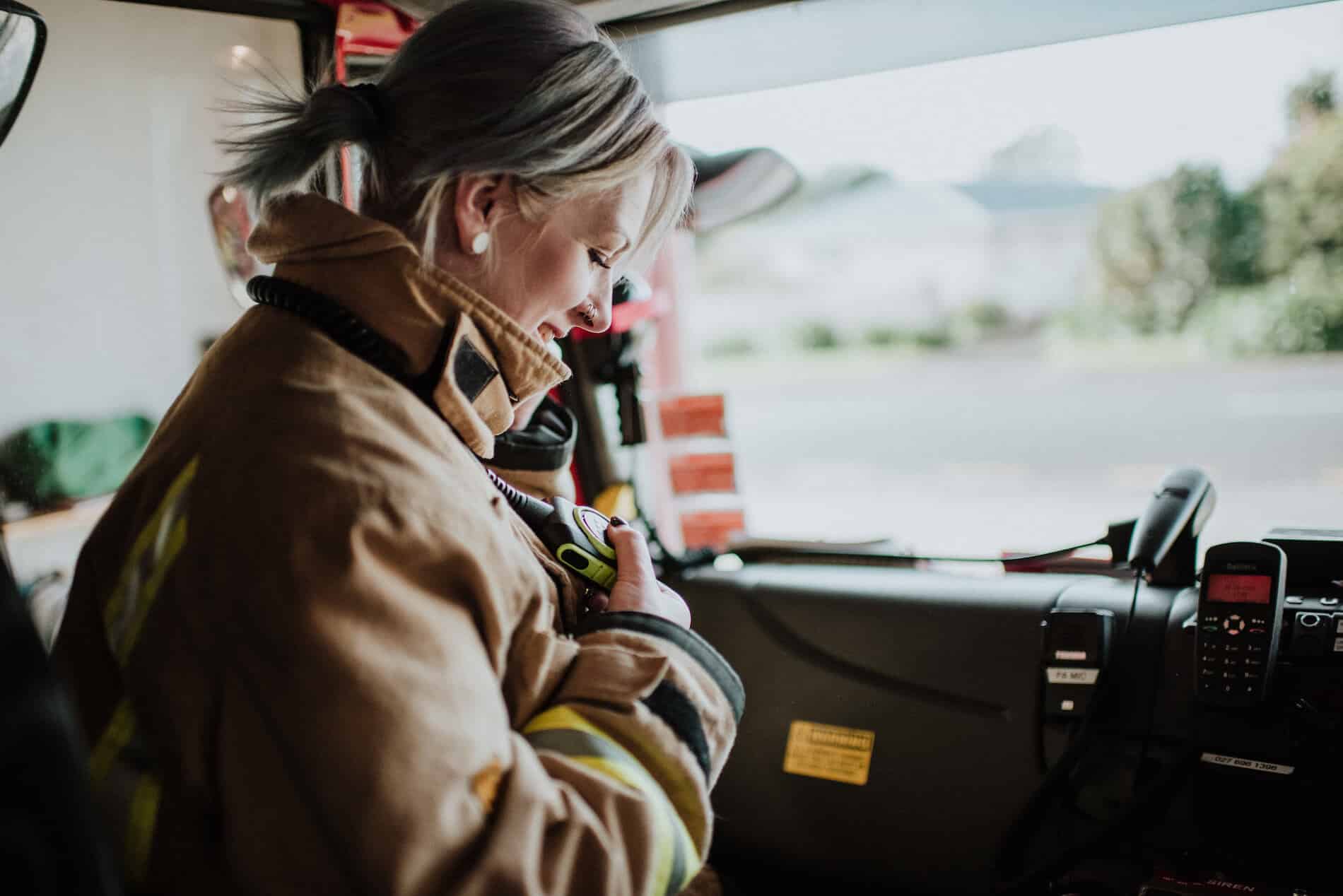
Karley: We do the marketing! Women think they can’t do it. But we totally can. In three years, I’ve only missed one call because of the kids. My daughter was mid-poo. She was only two, so I couldn’t leave her sitting on the toilet! The siren’s going, and I’m like, “Damn it! I can’t go.” But that’s not bad in three years, so you one hundred per cent can make it work.
Manaka: And it’s not about being physically strong either.
Karley: We’re not strong. We’re little. I’m 164 centimetres and 60 kilograms. We’re not muscle and brawn.
Manaka: Girls bring the mental strength…
Karley: And a bit of caring and a bit of empathy. I’m really good with patient care. I can keep them calm and talk to them, be that caring person in their moment of need.
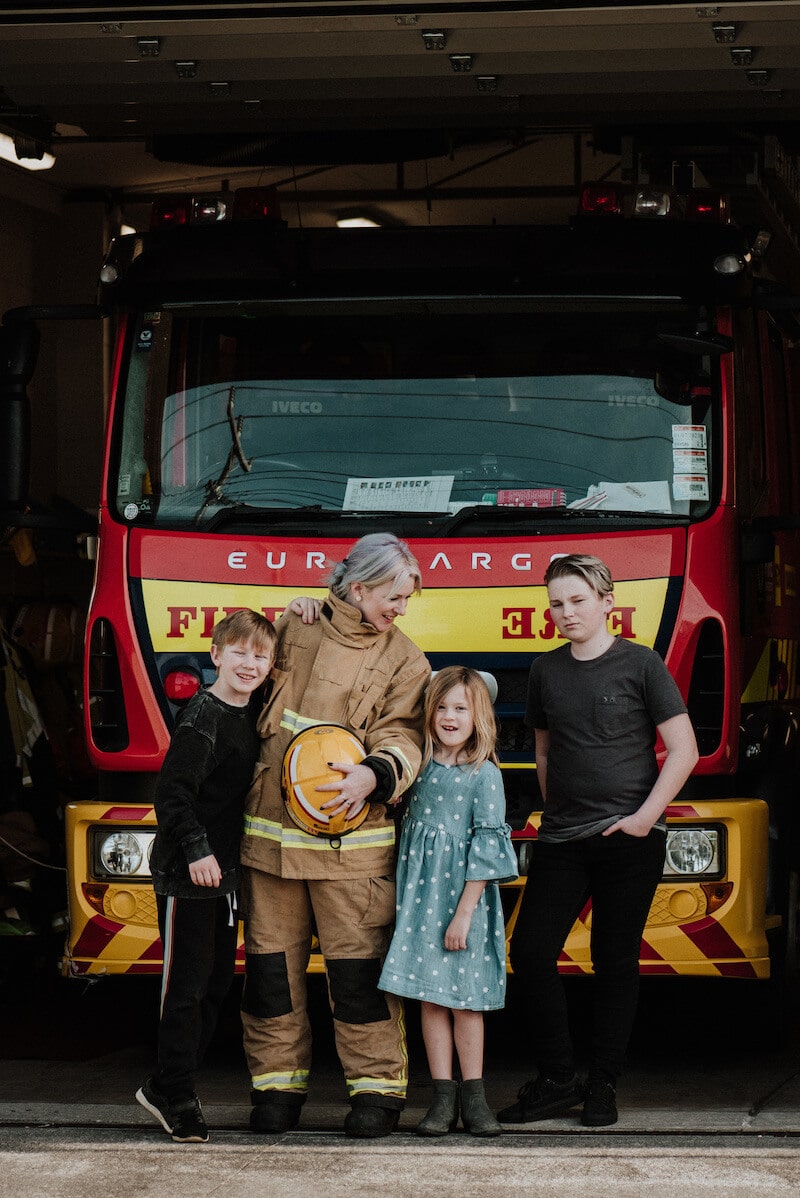
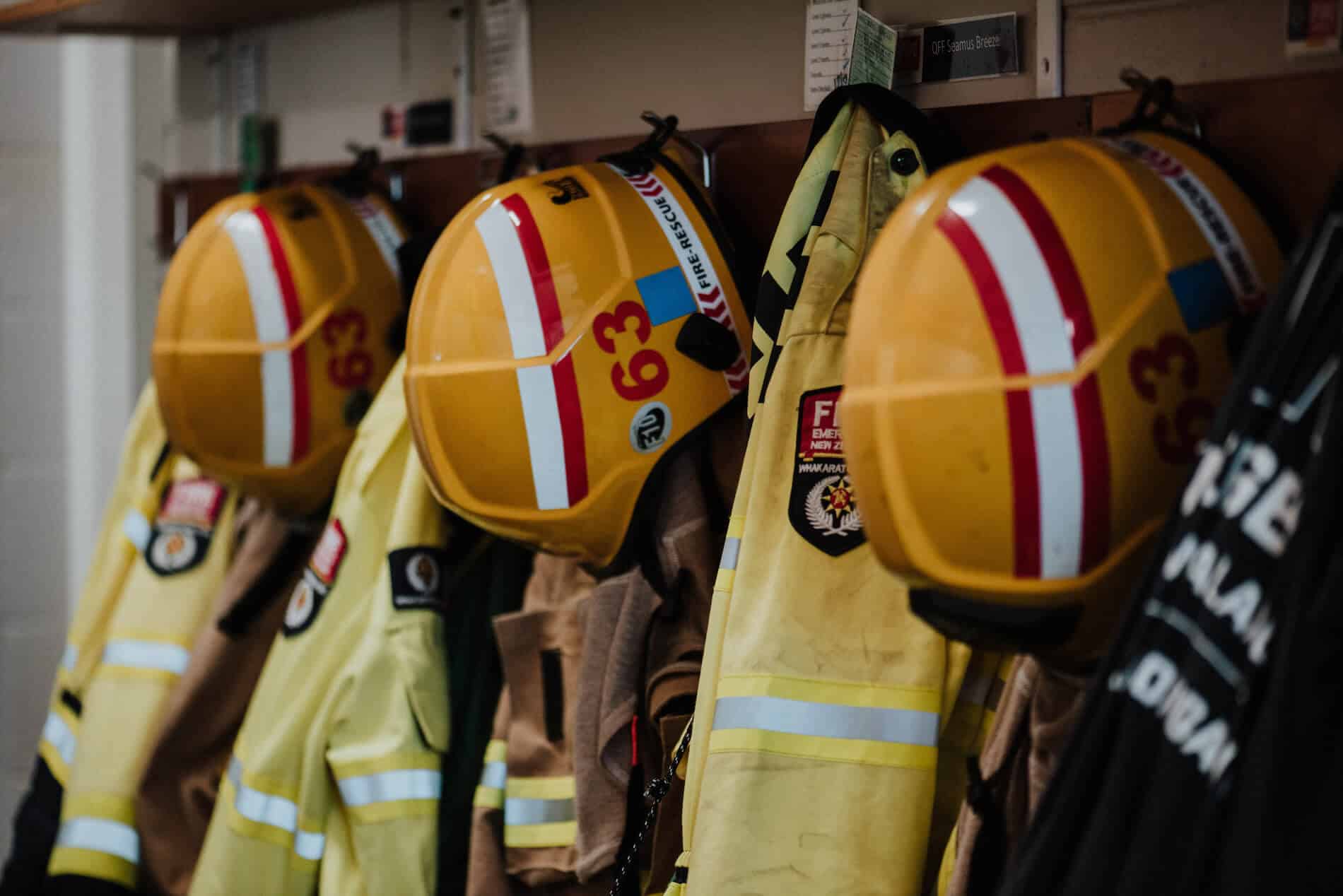
Manaka: At work, being a hairdresser I try to be calm and quiet, but we get alerts for all sorts of things. Do we have enough officers? Do we have enough drivers? My clients look up when they hear my phone, and I’m like, “I’m so sorry, I can’t override it right now.”
Karley: My alert’s a very obtrusive “FIRE CALL!” We have an app with all the brigade members’ statuses – so you’re either available or unavailable. Or you can be on standby. If I want to go out in the evening I’ll have a quick look and make sure we’ve got enough to respond.
Manaka: If I’ve got clients I’m not going to leave them cos, the foils … you know, things can go wrong. But within the brigade there’s that understanding that we can’t make every callout. Everyone just pitches in where they can. Sometimes we don’t have a driver so we can’t even go to the call. But Karley’s onto that.
Karley: I’m learning how to drive [the truck]. At the moment only our chief, our deputy-chief and two other guys can drive, and they work in New Plymouth during the day, so it’s a good fifteen to twenty minutes away.
We get a message telling us what we’re being called to – the type of incident – so we’ll get our gear on, jump in the truck and have a bit of a chat about who’s doing what. We’ll be tasked with what we need to be doing. There’s a crew of four, and we each have a number, based on where you’re sitting in the truck, so you know what that role entails.
Manaka: I’ve jumped in for a motor vehicle accident before, not realising that one of the boys does not do blood. I had already jumped in what we call ‘number one’ seat, which is fire/scene protection. Ideally, he should have been sitting in that seat, and I should have jumped over and been patient care.
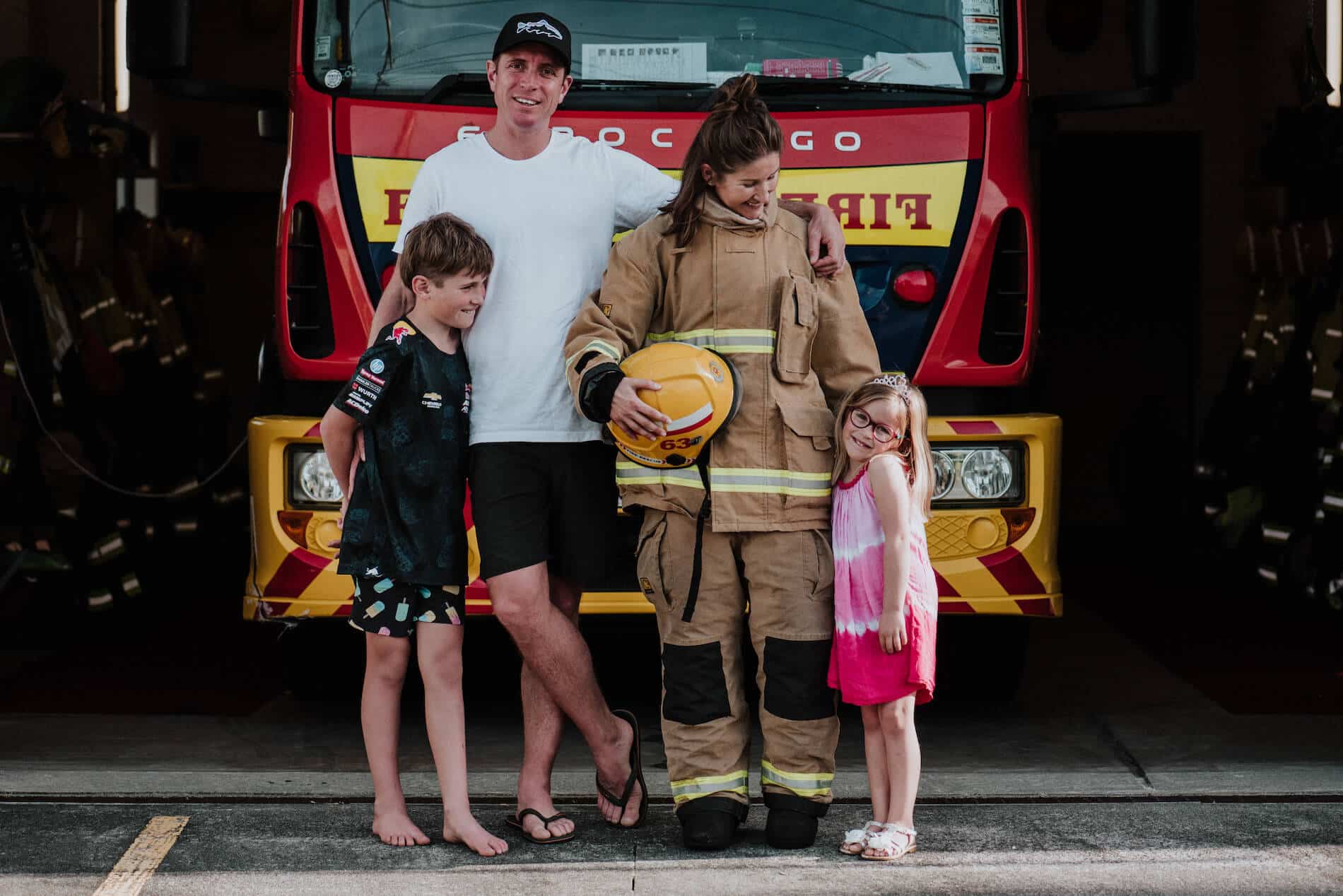
Karley: A lot of it’s like muscle memory and procedures. It always comes back to relying on your training. We train every Monday night for three hours, so if you’re responding to something you know what to do. Front left seat is the officer in charge. It’s usually a senior member of the brigade. They have an overseeing role, looking at the big picture, seeking out the hazards to protect us.
Manaka: I’ve been front left seat – I try and avoid it, I’m better just being tasked – but I’ve been an officer in charge a few times. It’s a really good learning curve. And when you’re talking to comms, they’re really understanding if we have no officer on board. You just make sure you continue to communicate the situation.
Karley: We’re quite lucky – our chief has been trained in peer-support. We’re like a family – if one of us needs support, the whole brigade’s there for you.
Makana: There’s a rule with Fire and Emergency (FENZ): Keep yourself safe first, then your crew, then everyone else. And that’s psychological issues as well. I might get on the truck for a cardiac arrest, but if we get a call on the way that it’s a suicide, the crew knows that I will not be leaving that truck. Because for me, at the moment, that’s a trigger. I’ll still turn out, but if we get enough numbers I’ll stand back.
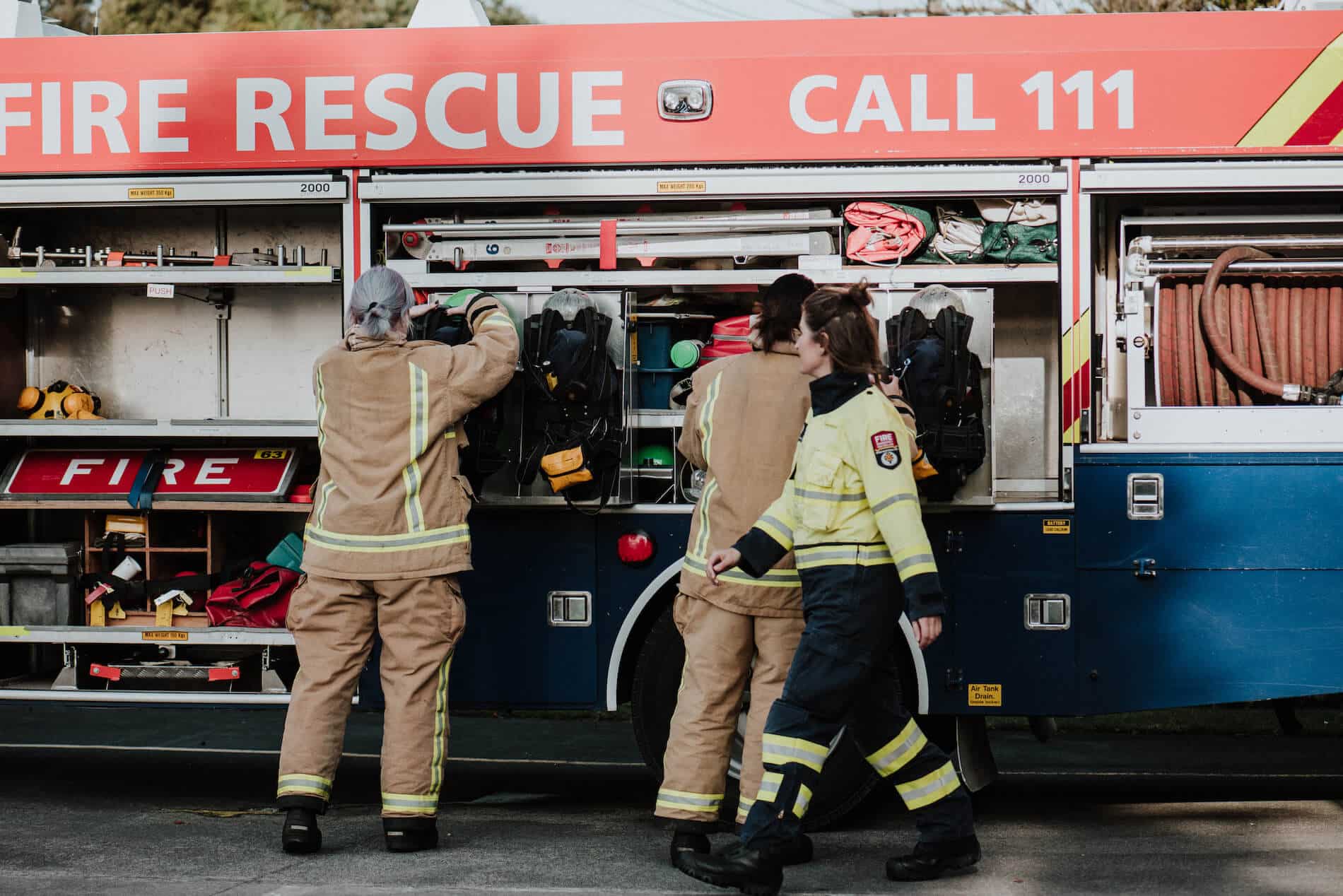
Karley: FENZ have an understanding with St John that we only turn out to purple calls – those medical emergencies where they need a defib, now! We’re generally first there. We can turn up pretty quickly, especially in Taranaki where ambulances are based quite far away.
Manaka: We respond to ninety-six per cent of purple calls – that’s cardiac arrest – and it’s gone from eleven per cent to sixteen per cent survival rate since we started responding to these medical calls.
Karley: So it makes a big impact, us getting there as quick as we can. We’re not just fires.
Manaka: We’ve done cat rescues!
Karley: I love the communications when that happens! People get a bit cheeky when it’s a cat. Our chief’s motto is: “Have you ever seen a dead cat stuck up a tree?” You haven’t, right? They always come down.
Manaka: I’m actually scared of heights – we both are.
Karley: You just have to suck it up and go. Adrenaline gets you through. You just put on your big-girl panties and climb that ladder.
Manaka: Adrenaline is actually something that gets you through trauma and stuff like that. You get on the truck, your heart’s racing, and you can slow yourself down and prepare for what’s coming to a certain extent.
Karley: I’ve been to motor-vehicle accidents where you’re like, “Oh my God, what am I meant to do here?” But you fall back again to your training and you go into a different zone. The adrenaline’s going and you take a breath and go: “Right. This is what I need to do.” Being fairly new, I feel pretty good about it at the moment, the trauma aspect doesn’t affect me yet.
Manaka: Every single time there’s been something horrific, I’ve always had messages – not even just from my brigade. I would often have the senior officer from Taihape check on me, saying, “Are you okay? I’m here if you need support. What can I do to help?” And I really, really appreciate that.
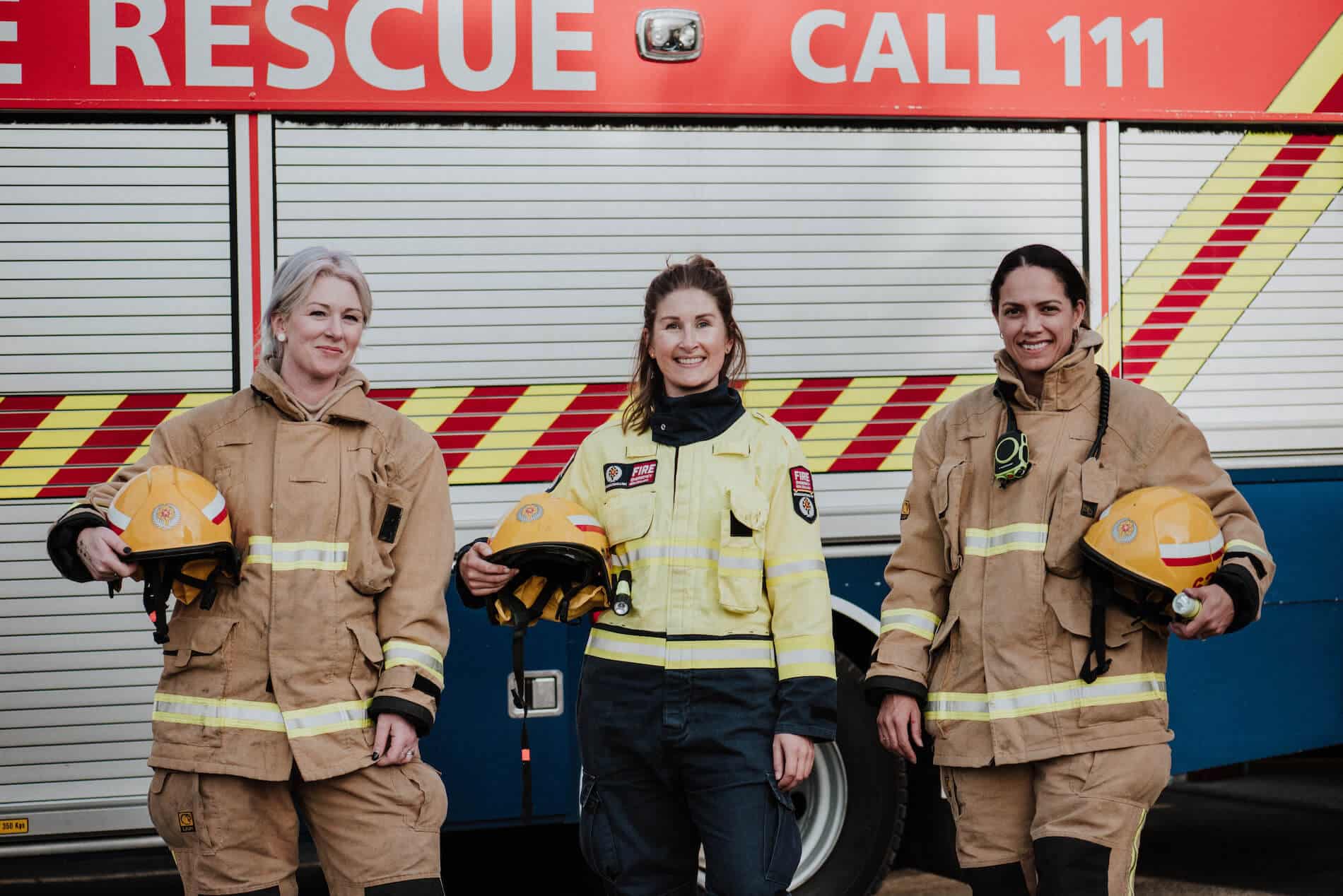
Karley: For me it’s about empowering women. I’m in it for life. I love being able to help the community. I’ve got the time, so I can do it. It’s my way of contributing. But I couldn’t do it without my amazing husband Dave, who picks up the pieces at home when I drop everything and run out the door. Gosh, he gets left at some less than ideal times and never complains.
Manaka: It gave me so much confidence. It sounds bizarre, but it probably saved my life in many ways, because it gave me a family while I was in a pretty unhappy relationship. It gave me the confidence to know that I actually could do anything. I found my strength, absolutely.

This story is part of THREAD, a year-long project by Shepherdess made possible thanks to the Public Interest Journalism Fund through NZ On Air.
If you enjoyed this story, please share with someone else.
Get your hands on a copy of Shepherdess.
Related Stories
Going South – Te Anau
At the highest point on Cathedral Peaks Station, Cabot Lodge presents itself like a gem.
